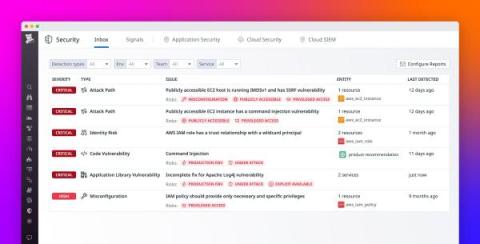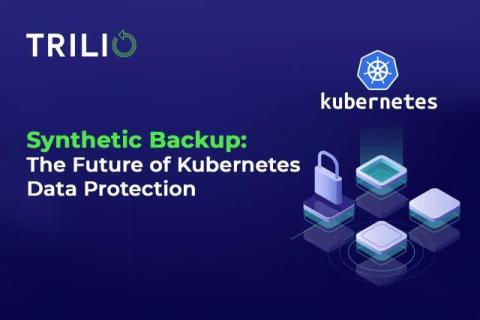How AI Almost Got Me FIRED: Part 3
How many jobs has AI lost me now?...Joking! In this video we show you the AI coding tool Cody, and how to use Gemini Pro 1.5 and Mixtral alongside it. We also show how to spot and fix any vulnerabilities that get generated.










